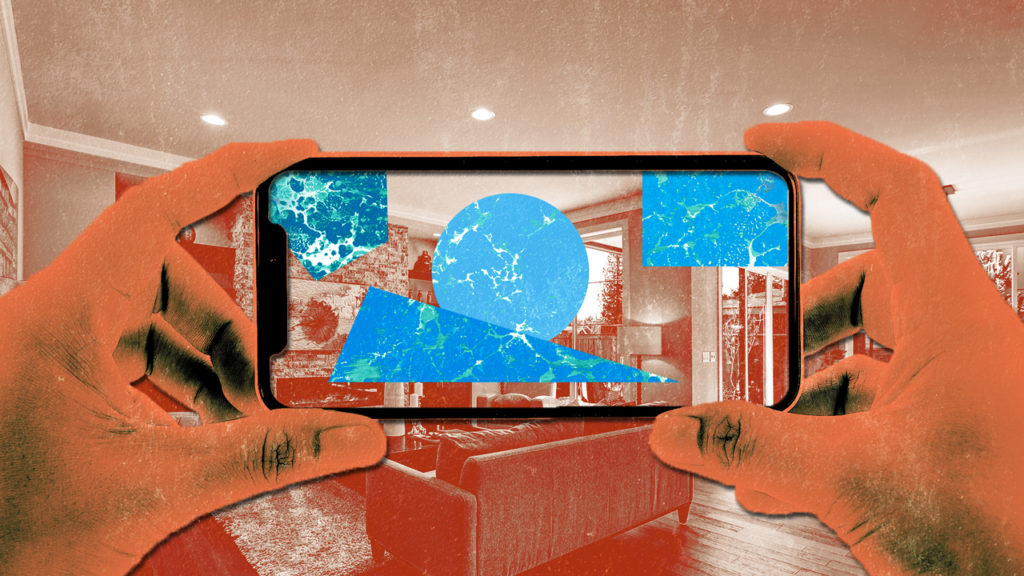Branded mobile AR apps should offer utility and delight if they are to reach consumers in this $3.4 billion industry, says SuperData. Led by social media and retail, the mobile AR industry is poised to increase its revenue by more than double in the next two years.
SuperData, a Nielsen Company, and Friends with Holograms partnered to create a whitepaper called “What Brands Need to Know About Mobile AR.” The report covers augmented reality users, revenue predictions and trends that today’s brands should be aware of.
Mobile AR already has access to over a billion smartphone users and will generate $3.4 billion by the end of 2019, SuperData predicts. This figure is expected to reach $9.6 billion by 2020.
At 84 percent, social media apps are the most popular type of AR apps used by US consumers as December 2018. Online shopping apps come in second with 41 percent, followed by AR games like Pokémon GO.
Whitepaper co-author Stephanie Llamas is the vice president of research and strategy, as well as head of VR/AR at SuperData. She told AList that social media apps are the most popular among mobile AR users, largely because the implementation meets consumers where they already are.
When launching a branded AR app or activation, it’s important to not only meet consumers in this way but to offer them the opportunity to have a unique, emotional response.
“It’s not using [AR] for the sake of using it, but using it in a meaningful, emotional way,” Llamas said. “It’s about really understanding how you can access an audience easily. If an application isn’t something that consumers would download already like a retail app, you want to be really thoughtful about how you introduce your brand through AR to customers.”
The whitepaper identifies two main requirements of a successful AR brand strategy—utility and delight. While “delight” seems pretty straight-forward, the “utility” part may not be. Llamas explains:
“You don’t want to have a cumbersome app that people are going to have to download for a consumer packaged good (CPG) or something like that,” she said, adding, “You don’t want to ask for productivity on part of the consumer, [but] you want to access them through what they already do.”
Three in five mobile AR users are millennials, SuperData found, with users 18-35 skewing female. The average age of adult mobile AR users is 13 years younger than non-users (33 versus 46 years old), the report states, attributing this fact to the popularity of social media apps. On average, the mobile AR audience spends about a half hour using AR apps and capabilities and accesses them at least twice a week.
“[Mobile AR] is something that is definitely on the horizon,” said Llamas. “Not paying attention to this trend means that other competitors are going to get to consumers first through AR.”
Interested in mobile AR? Don’t procrastinate, Llamas added.
“Understand that the penetration is growing quickly. This isn’t like VR where it’s going to be much slower growth to general consumption. Everybody has this capability in their smartphone already so when a more interesting concept comes out, brands have more opportunities to seize creative new ways to access consumers.”

